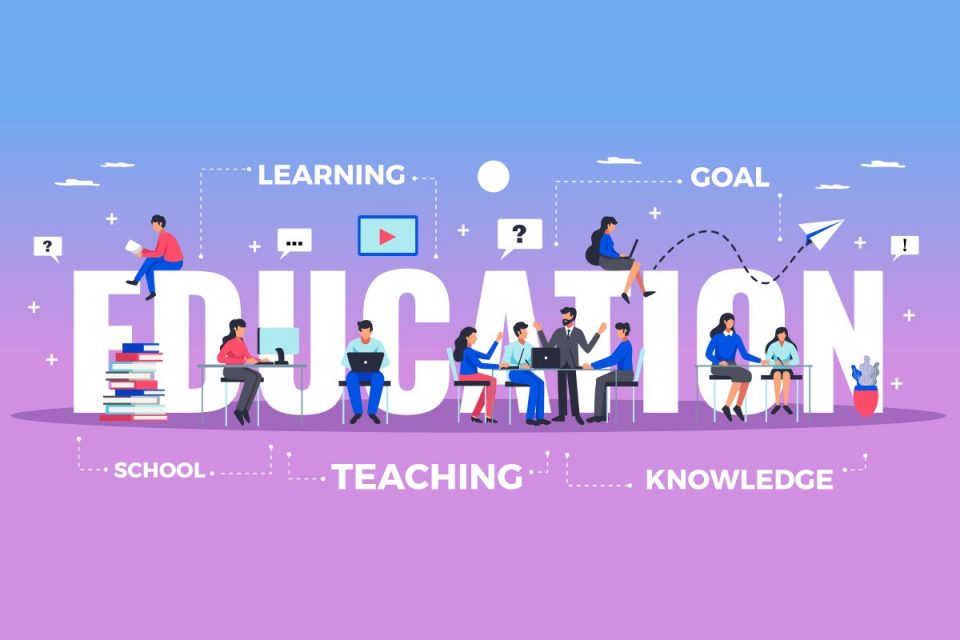E-learning has become mainstream in the education sector and has been massively adopted in higher education. According to Dahlstrom, Brooks, and Bichsel 99% of institutions have Learning Management Systems (LMSs) in place, and 85% of them have been utilized, and in the UK, 95% of higher education institutes have adopted LMSs to support their educational services.
Accordingly, the quality of E-learning systems has received a considerable amount of research attention and a large number of researchers have attempted to identify e-learning success factors to maximize the effectiveness of these systems.
Reviewing the literature revealed four categories for measuring the success of e-learning based on the DeLone and McLean information systems success model; the Technology Acceptance Model (TAM); the User Satisfaction Models; and E-Learning Quality Models.
Why a comprehensive model is needed?
A comprehensive model for evaluating e-learning system success is needed, for the following reasons:
There are uncertainty and suspicion about what are actually the determinants of e-learning systems success.
The DeLone and McLean literature provides us with an explicit model for measuring information systems success, but it has to be broadened to include variables that fit the context of e-learning, enhance the explanatory power of the model, and focus on the very important role of human and social factors in the success of such systems. Further, DeLone and McLean did not empirically validate their model.
Rather, the model was introduced as a framework for conceptualizing information systems success dimensions. They recommended that other researchers further develop and validate the model in different contexts.
In the same manner, the TAM allows the acceptance and adoption of new technologies to be assessed, including e-learning systems; however, acceptance does not guarantee success, but limits our understanding to aspects related to behavior, while there is a need to fully understand the whole picture of success.
Over and above this, there is a need to consider all phases prior to using the system (e.g., system design, information quality). Also of importance are phases during the utilization of the system (e.g., usefulness and satisfaction), and after using the system (benefits of using the system).
User satisfaction is an important predictor of success, but it should be integrated with other approaches to build a conceptual bridge between the different phases of the system, the better to examine the important role of satisfaction in influencing the e learning benefits and assessing system success, and to maximize the predictive power of this construct.
In relation to e-learning quality approaches, and given the diversity and complexity of e-learning systems, the spontaneity, ambiguity, and generality of some of these approaches, coupled with a lack of theoretical underpinning, make adopting this approach impractical and challenging to identify precise and suitable measurements of success.
Information quality is a key and indispensable dimension in evaluating the success of information and e-learning systems due to the essential role of information in achieving learning goals and the serious problems resulted from poor quality of information.


